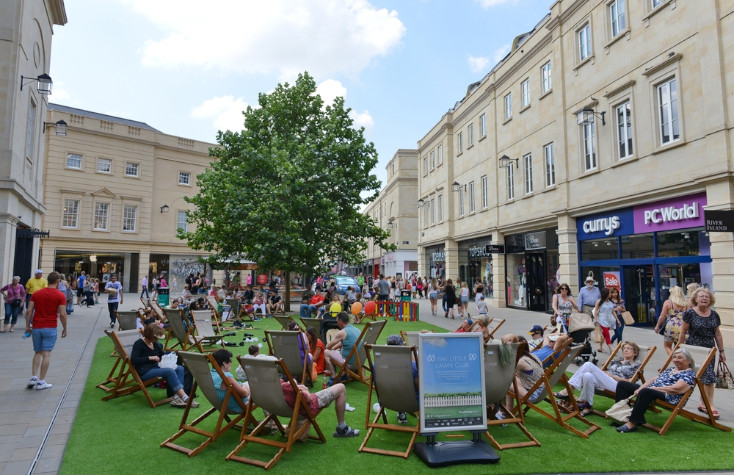How National Brands Can Engage With Local Communities
Paps Shaikh, Commercial Director at Nextdoor, shares six ways national brands can improve their local marketing.

When life as we knew it got taken away from us, the communities around us became critical. We forged an emotional connection with our local area that is here to stay.
This trend towards local living is a huge cultural shift - but what does it mean for national brands? How do they need to position themselves in order to be successful? And how do they need to appear and behave at a local level to be accepted as part of the community?
Here’s how marketers at national brands can increase impact and engagement in a local world:
1. Support Local Projects
There’s a growing expectation for national brands to go above and beyond to support the areas in which they have been welcomed to do business. In fact, nearly three quarters (69%) of Nextdoor members expect national brands to fundraise for local causes.
Co-op is a great example of a company that is celebrated for its community fundraising – raising over £100m to support local communities. Other ways to give back include sponsoring football teams, visiting schools or picking up litter to protect the local environment. Modern-day consumers expect a two-way value exchange with any organisation that has set up shop in the local area.
2. Share Positive Impacts
To be truly accepted in the local area, national brands should reinforce the impact they are having in the community – whether that’s creating jobs or improving mobile coverage. Local people are likely to be more receptive to brands when they understand their individual contributions to building a strong community.
3. Create Connections
With people feeling more connected to their local areas, there’s an opportunity for brands to build more meaningful relationships by showing how much they care about villages, towns and cities up and down the country.
This could be as simple as referencing local landmarks, offering deals for nearby tourist attractions, or using more emotive language in relation to the local area. Our research found that two thirds (65%) expect national chains in their area to tailor their products and services to the local community.
4. Personalise Approaches
Every neighborhood is unique and needs to be approached differently. Urban audiences, for example, have very different lives to those living in rural communities, and companies need to adapt their marketing accordingly.
There is room for improvement here, with only 23% of our members saying national chains in their area show an understanding of local nuances. It’s not all down to brands, though, as ad platforms can provide intel to help them deliver the right messages to the right areas.
5. Understand Community Needs
There is a certain level of guesswork from national brands when it comes to what local people need and want. Market research can of course provide useful insights, but it will never be the same as real-world feedback and engagement with neighbors, businesses, and public services. These are real people with real lives - not just numbers.
6. Support Independent Stores
It’s possible for national brands to find their place in the local ecosystem alongside independent stores. Tesco, for example, got it right when beer gardens opened for the first time since lockdown by taking out an ad encouraging people to visit their local pub.
Those companies which look after those around them, and find their own role within the local community, will build more brand loyalty. By thinking carefully about how they appear, act, and behave at a local level, they will become an important part of strong, vibrant and resilient neighborhoods.